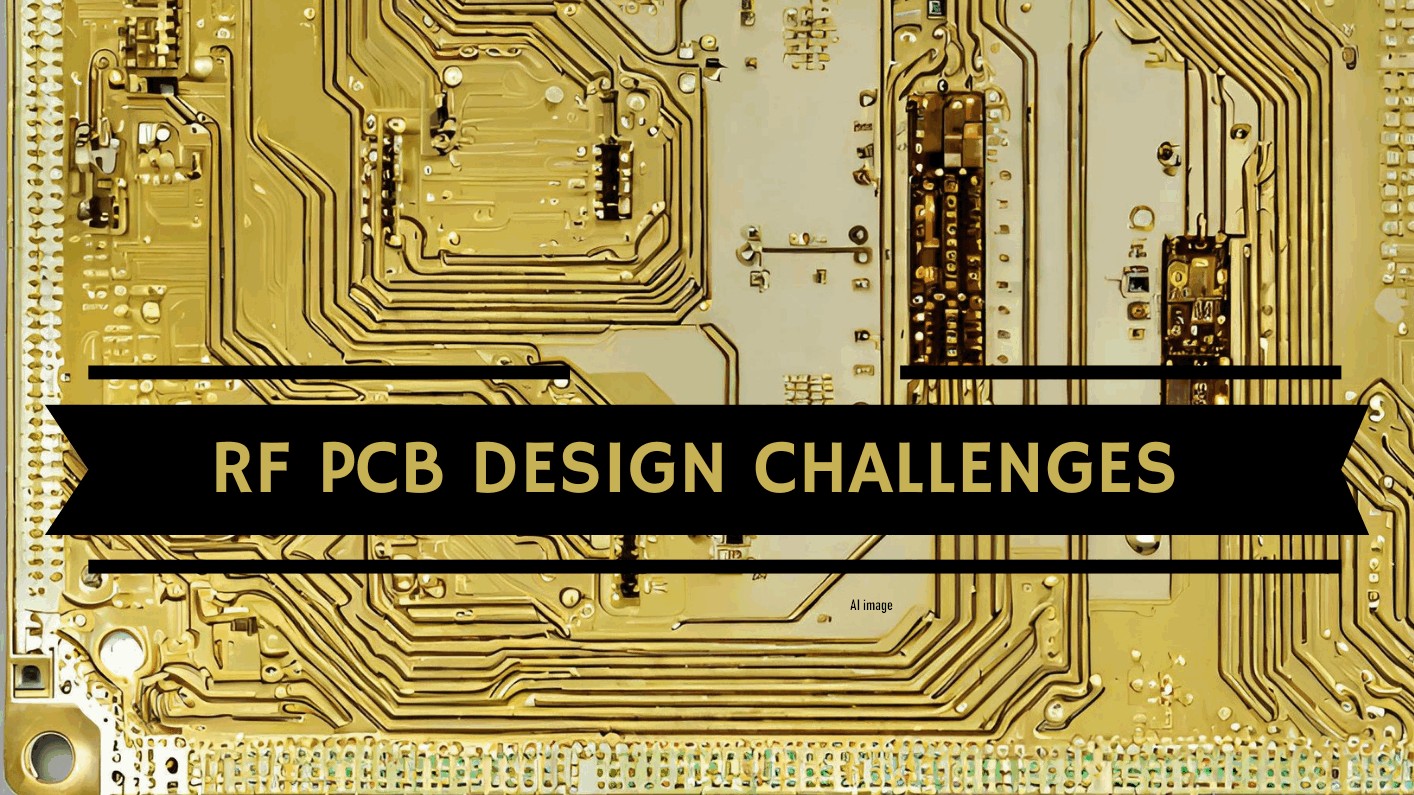Radio frequency (RF) PCB design is a complex and challenging field. Unlike traditional low-frequency PCBs, RF PCBs must be carefully designed to minimize signal reflections, crosstalk, and other impairments. This can be difficult to achieve, especially for high-frequency designs.
Here are some of the key challenges in professional PCB RF design:
- Impedance matching: RF signals are very sensitive to impedance mismatches, which can cause reflections and other signal integrity problems. RF designers must carefully match the impedance of all components and traces on the PCB to ensure optimal signal performance.
- Signal routing: RF signals can be easily coupled to other traces on the PCB, causing crosstalk and interference. RF designers must carefully route traces to minimize coupling and ensure signal integrity.
- Grounding: A proper ground plane is essential for RF PCB design. The ground plane helps to shield RF signals from noise and interference. RF designers must carefully design the ground plane to ensure that it is effective and does not introduce unwanted inductance.
- Noise reduction: RF PCBs are susceptible to noise from a variety of sources, including the power supply, other components on the board, and the environment. RF designers must use a variety of techniques to reduce noise and ensure optimal signal performance.
- EMI/EMC: RF PCBs can emit electromagnetic interference (EMI), which can interfere with other electronic devices. RF designers must carefully design the PCB to minimize EMI and ensure that it meets all applicable EMC regulations.
In addition to these technical challenges, RF designers must also consider a number of practical constraints, such as cost, size, and manufacturability.
How to overcome the challenges of RF PCB design
There are a number of things that RF designers can do to overcome the challenges of RF PCB design. These include:
- Use a simulation tool: RF simulation tools can be used to analyze the performance of a PCB design before it is manufactured. This can help to identify and correct potential problems early on.
- Follow good design practices: There are a number of good design practices that RF designers can follow to minimize signal integrity problems and improve performance. These practices are well-documented in various RF design books and articles.
- Use high-quality components: RF components are often more expensive than their low-frequency counterparts, but they are essential for achieving good performance. RF designers should use high-quality components whenever possible.
- Work with a qualified manufacturer: A qualified PCB manufacturer can help to ensure that the PCB is manufactured correctly and meets all of the designer’s requirements.
Conclusion
Professional PCB RF design is a complex and challenging field, but it is also a rewarding one. RF designers have the opportunity to create innovative products that enable a wide range of applications. By following good design practices and working with a qualified manufacturer, RF designers can overcome the challenges of RF PCB design and create high-quality products that meet their customers’ needs.


No responses yet